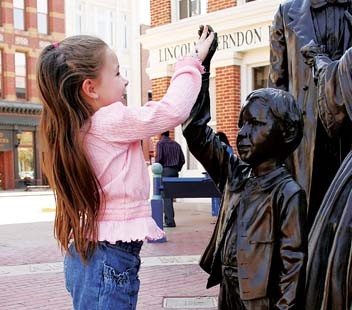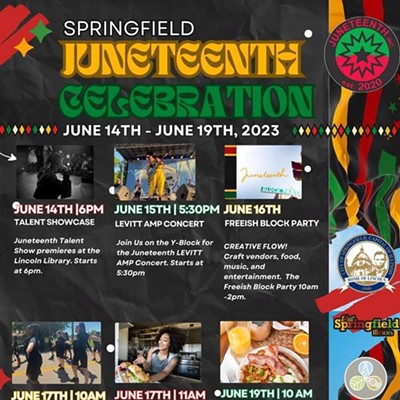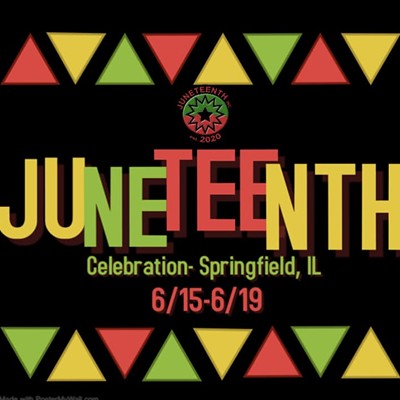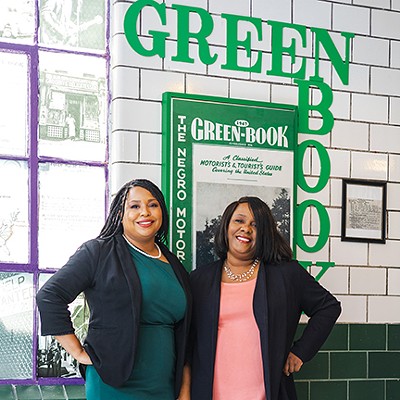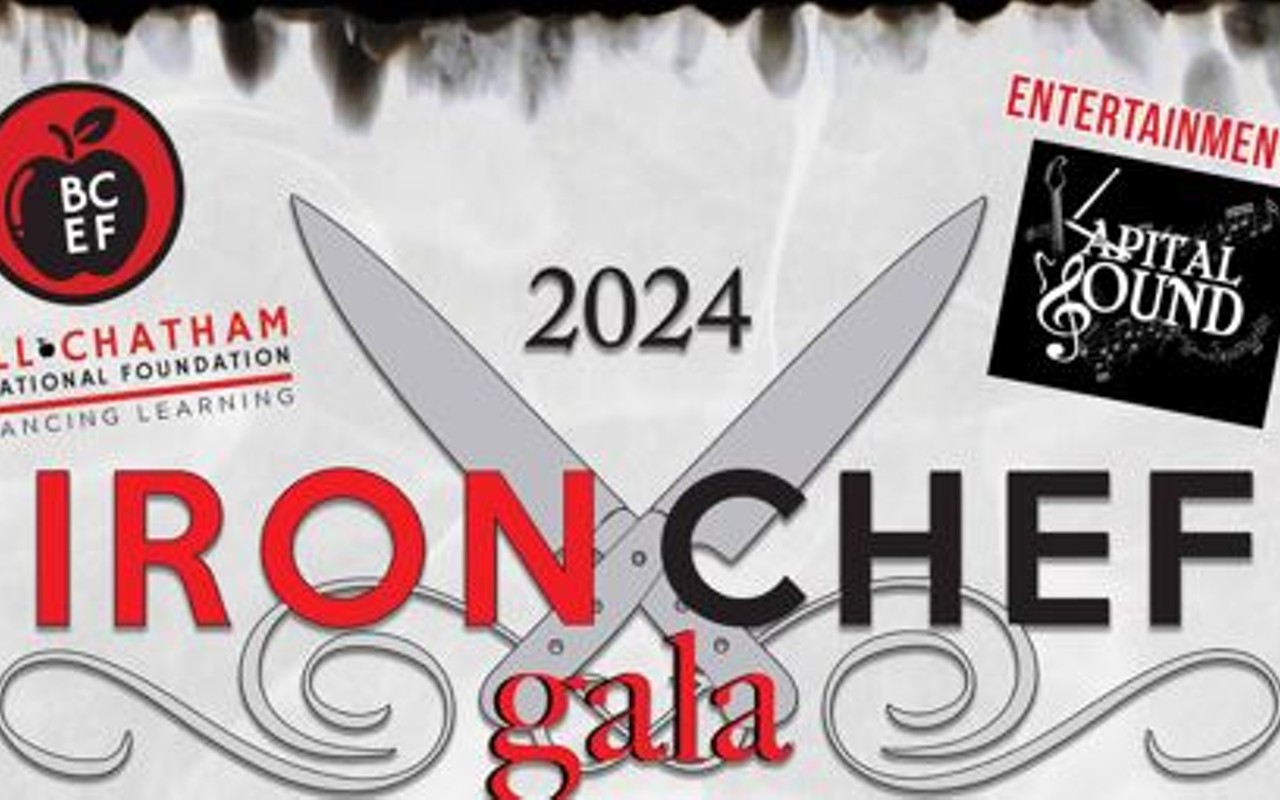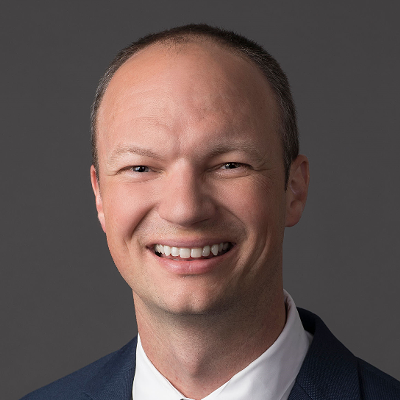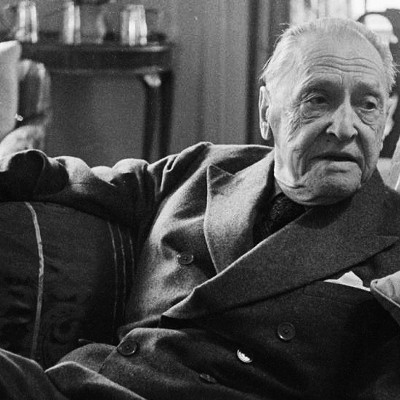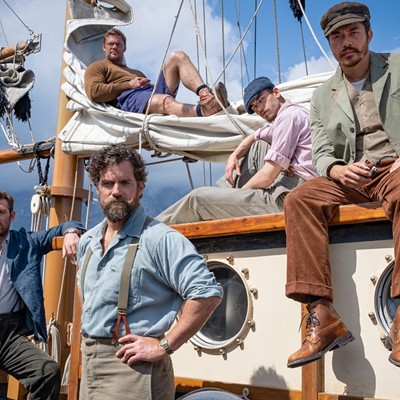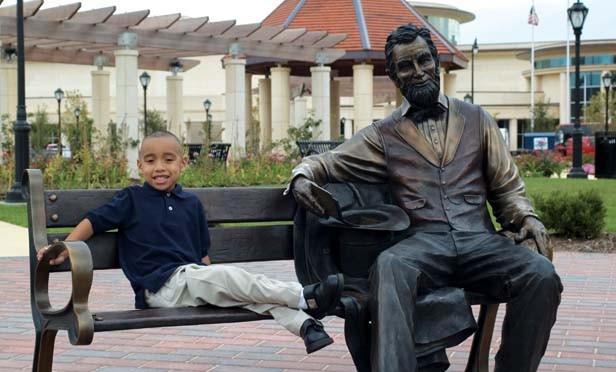
Illinois Bureau of Tourism Deputy Director Jan Kostner refuses to dwell on the poor economy and its effect on tourism.
In mid-February, as she delivered the annual State of the State of Tourism Address to more than 500 tourism professionals at the Illinois Governor’s Conference on Tourism, Kostner instead infused confidence into the state’s $2 billion industry. The past year’s revenues remained stable, she said, and are again on the rise.
“This is not the time to slow down or stop; it is the time to move onward and upward,” Kostner continued. “American Express says consumers are approaching the year with ‘an optimistic yet prudent outlook’ and that travel tops their list of ‘pursuits most valuable to their livelihood and well-being.’”
“We should be optimistic, too — this is our time to take the new landscape and plant the appropriate seeds so that we grow.”
Travel inquiries to the bureau’s office and to its Web site EnjoyIllinois.com dwindled throughout the summer, but rebounded in December, increasing by 27 percent. The end-of-the-year upswing helped boost total inquiries to EnjoyIllinois by nearly 8 percent over 2008.
Kostner also credits last year’s Abraham Lincoln Bicentennial for helping to stabilize the state’s tourism industry. Despite the economic downturn, the celebration increased hotel occupancy in February and March 2009 by 6.9 and 11 percent, respectively, and Lincoln site attendance by 26 percent from January through September 2009.
Tim Farley, executive director of the Springfield Convention and Visitors Bureau, agrees that the bicentennial of Lincoln’s birth helped carry capital city tourism over economic crisis. The fourth largest industry generated $346 million for Sangamon County in 2008, and Farley expects similar numbers for 2009.
“We were the anomaly last year,” he says. “We were fairly flat — in these economic times, flat is good.”
According to the SCVB, out of nine local historic sites, the Dana-Thomas House, closed by the state budget crunch during early 2009, was the only site to see a decrease in visitors compared to 2008.
The Abraham Lincoln Presidential Library and Museum had roughly 411,000 visitors in 2009 compared to roughly 349,000 in 2008. Lincoln’s Tomb had roughly 371,000 visitors in 2009 compared to 296,000 in 2008. And the Lincoln’s Home National Historic site had roughly 474,000 visitors in 2009 compared to roughly 347,000 in 2008.
Now that the bicentennial has ended, can Springfield continue to attract these large crowds and grow its tourism alongside the state?
“It’s important to keep marketing,” Kostner says. “There’s still a heck of a lot of people who haven’t been to that museum. We need to get people to return, but also get those new people who haven’t had a chance
to come.”
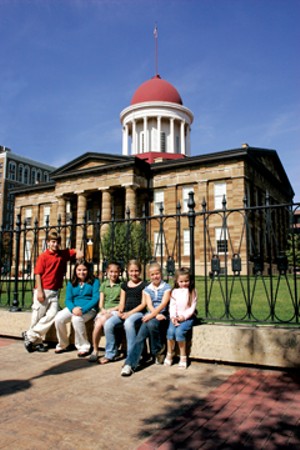
This year, the SCVB hopes to capitalize on the bicentennial momentum and the capital city’s many advantages.
Springfield is the second largest tourism stop behind Chicago, Farley explains, because it’s centrally located, affordable and offers something to everyone.
“In these times, when people are taking shorter trips, we have an advantage,” he says. “We are so engrossed in Lincoln that it’s familiar to us, but think of someone being outside [Illinois]. We have to do good domestic marketing to tell people there’s a lot to do in Springfield.”
The four-year-old, interactive Abraham Lincoln Presidential Library and Museum has the largest attendance of any presidential museum in the country. Spokesman David Blanchette says they’re now working to give people a new reason to visit.
An exhibit at the museum, called “Team of Rivals” after a book by Pulitzer Prize-winning author Doris Kearns Goodwin, will show how the new president selected his cabinet and what led to the firing on Fort Sumter and the start of the Civil War. It will open in October, prior to the 150th anniversary of Lincoln’s election in November 2010, his Farewell Address to Springfield as president-elect in February 2011 and the start of the Civil War in April 2011.
Springfield also has plans in the works for a Living History project that will bring reenactments and costumed interpreters to city streets this summer, and a celebration of the 100th birthday of Ronald Reagan, born and raised in Tampico, Ill., in 2011.
“It’s critical that we keep that excitement level high,” Blanchette says. “In a lot of what we’re doing, we try to think outside the box and offer programs that are unusual or appeal to a nontraditional audience.
“That’s what the museum is all about — bringing in people who love history, but also turning other visitors into history lovers.”
They want to keep visitors in Springfield for more than one day, Farley says, and remind them that there’s more to the city than Lincoln. For example, Knight’s Action Park showcases rides and a water park, while Southwind Park will soon offer attractions for people with disabilities and their families.
“Lincoln is obviously our No. 1 product, but there’s lots of other things,” Farley says. “We have to go outside of Lincoln, and see what people would be interested in while they’re here.”
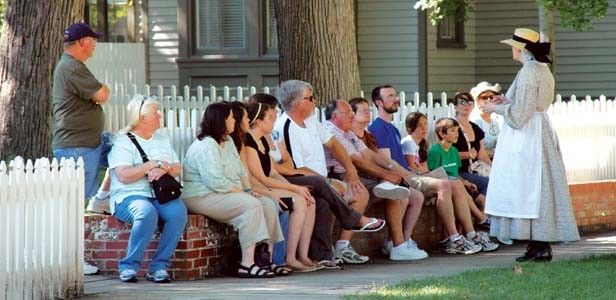
Modern conventions
Springfield has another advantage over other communities — an active convention business supported by large, multi-use facilities like the 9,000-seat Prairie Capital Convention Center and the 366-acre Illinois State Fairgrounds.
Brian Oaks, PCCC general manager, says conventions and concerts, as well as trade shows and family events, have continued to flock to Springfield. All of these events generate economic revenue, he says, but conventions have the largest effect on the capital city.
“We draw people from outside Springfield, they stay at our hotels, eat at our restaurants, shop at our stores, and then go back home,” Oaks says. “The economic impact from a convention can be in the millions of dollars.”
Associations like the Illinois Reading Council and the Future Farmers of America hold annual conventions in Springfield, bringing members who spend their time and money around the city.
Last November, Beth Moore, a Christian writer and the founder of Living Proof Ministries, stopped in Springfield and spoke to a crowd of 8,750. She sold out every hotel room in the city, Oaks says, forcing the SCVB to send attendees to hotels in Lincoln and Taylorville. The two-day event had a $1.5 to $2 million economic impact, he adds.
Other convention center events have positively affected Springfield’s economy in the past year. The National Horseshoe Pitchers’ Association World Horseshoe Pitching Championships attracted more than 1,200 competitors and thousands more spectators during the two-week event last July and August. Similarly, the Illinois Cheerleading Coaches Association Championships drew 11,000 people over a two-day period in February.
The PCCC has also continued to draw large crowds to specialty events. In January, the Harlem Globetrotters set a box-office record at the convention center, and in February, a World Wrestling Entertainment show sold the third most tickets in PCCC history.
“Things have been very stable for the convention center,” Oaks says. “We’ve probably had one of our best years in a long time in terms of attendance, when you factor in conferences and ticket events.”
Oaks attributes the success to the SCVB’s marketing of Springfield as the cost-competitive state capital, as well as to the PCCC’s ability to book conventions several years in advance. The convention center is always looking for new events to fill open dates, Oaks says, but so far, its calendar is booked until May.
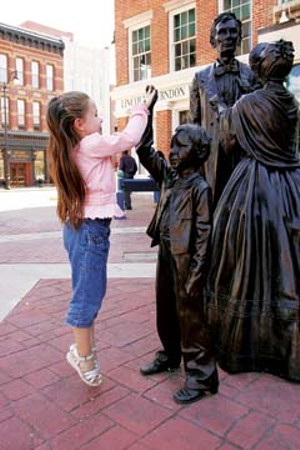
Move over Lincoln, there’s a new game in town.
In recent years, the SCVB has partnered with the Capital Area Sports Commission to promote and assist with sporting events that attract visitors to Springfield.
“The whole sports marketing and hosting business is a lot bigger business and dollar generator than I ever dreamed,” says Tim Bramlet, chairman of the 15-member volunteer commission. “We’re playing a little bit of catch-up here, but we’ve made some great strides in the past couple of years.”
The SCVB’s role is to find sporting events that fit into one of Springfield’s facilities and its schedule. In addition to the PCCC and the Illinois State Fairgrounds, the city offers soccer, baseball and tennis facilities in its parks and universities and Lake Springfield for boating events, fishing tournaments and triathlons.
Once a sporting event chooses Springfield, Bramlet and the sports commission act as a local liaison. They secure hotels, sponsorships and advertising for event hosts, who are usually headquartered elsewhere.
The sports commission recently partnered for the first time with the University of Illinois Springfield to host the Great Lakes Valley Conference men’s and women’s basketball tournaments. The National Collegiate Athletic Association Division II conference brought more than 300 players, coaches and staff and at least $100,000 to Springfield last weekend. In addition to pre-conference preparations, the sports commission provided beverages for the teams and recruited volunteers to take tickets at the door.
“We’re hopeful that we’ll see other tournaments,” says Amy Beadle, SCVB sales manager. “We want to put our best foot forward, make the city look good, make UIS look good, and hopefully bring other sporting events.”
Beadle says the capital city excels at drawing “niche sports.” Springfield will host the United States Tumbling and Trampoline Association in June, the American Junior Golf Association in July and the National High School Finals Rodeo in July 2012 and 2013. The SCVB is also bidding to host the Illinois Horseshoe Pitchers’ Association State Horseshoe Pitching Championships in the future.
“If it’s something that we think can draw people from out of town to Springfield and will enhance spending here, and hospitality and tourism in general,” Bramlet says, “then we’ll probably get involved.”
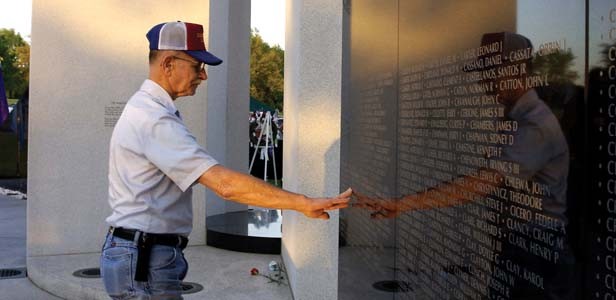
A fresh start
At last month’s Governor’s Conference on Tourism, Kostner told the state’s tourism professionals that they needed to “make the most of a less than desirable situation.” She introduced several initiatives, including foreign marketing, social media, and improved access, that could help Springfield and the rest of Illinois forge ahead in 2010.
The state plans to promote Illinois tourism in Brazil, India and Japan. The citizens of these countries are “high-value customers,” Kostner says, as research shows they stay longer at their destinations.
They’ve also found that the British have an interest in the 1960s and authentic American experiences like Route 66, Kostner says, so they’ve partnered with Little Chef, a chain of United Kingdom roadside diners, to bring a Route 66 ambassador to travel and promote the road back in their country.
“It’s an urban and a rural experience,” she says. “Europeans get two to three weeks of vacation, so they can take huge chunks of time to really experience it.
“We’re reaching out to different audiences to get above the noise of our competitor states — here’s something that you can get here that you can’t get elsewhere.”
The Chinese have also taken an interest in Route 66, recently sending three photojournalists to explore the route and report their experiences for two popular Chinese Web sites.
The Illinois Bureau of Tourism also plans to reach more audiences in the state and in the country. Two years ago, the bureau published an Easy Access guide to Chicago, and will now expand the publication in Springfield and Rockford. These guides break down barriers, Kostner says, by helping people with disabilities or people who travel with people with disabilities locate the most accessible hotels, restaurants and attractions.
The bureau will add Spanish to several of its member city Web sites, including in Springfield. Since the Hispanic population is the largest growing in the United States, Kostner says, it’s important to provide information to these visitors in their own language.
Social media has exploded over the past several years, becoming a valuable marketing tool for tourism. Visitors to Springfield can log on to Twitter or Facebook to find local restaurants or entertainment, or post notes about their own experiences for other online users to read. Although it will never entirely replace television or radio ads, Kostner says, it helps fulfill the tourism bureau’s goal of reaching wider audiences.
These new products and partnerships will continue attracting families that are looking for inexpensive and diverse destinations, Kostner says, and will help build an even stronger state tourism industry in the coming years.
“Tourism is a huge part of our state’s economy, and it’s important to keep investing in it,” she says. “To market and let people know that these wonderful jewels do exist.”
Contact Amanda Robert at [email protected].

